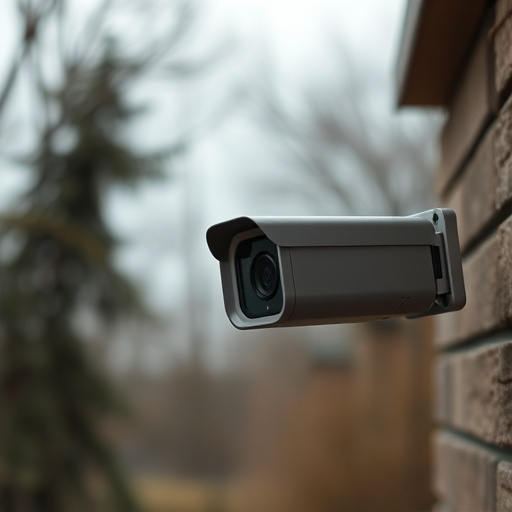Strategically placing concealed cameras near front door handles or peepholes enhances residential security by offering clear surveillance while remaining hidden, deterring intruders. Key entry points like doors should be prioritized, with homeowners assessing vulnerabilities and strategically placing cameras at eye level to monitor high-traffic areas like hallways and kitchens for continuous security monitoring. Outdoor cameras near doors require clear visibility and weatherproof design, while indoor cameras respect privacy in common areas, balancing security with ethical considerations.
Enhance your home security with our expert guide on secret camera mounting tips. Discover the art of choosing discreet locations, from front door entry points to common areas, considering both indoor and outdoor placements. Learn about innovative mounting techniques, such as magnetic, screwless, and adhesive options, integrating cameras with fixtures, and using decorative camouflage. Ensure optimal safety with motion detection, regular testing, and maintaining lines of sight for a proactive, unobtrusive residential security system.
- Choosing the Right Location for Concealed Cameras
- – Assessing front door entry points and common areas in need of surveillance
- – Considerations for outdoor vs indoor camera placement
Choosing the Right Location for Concealed Cameras
When considering hidden camera placement in your home, the front door is a strategic choice. A concealed camera by the entrance can act as an effective deterrent for potential intruders, providing peace of mind and enhancing your residential safety. Opting for a spot near the door handle or peephole allows for clear line-of-sight access to visitors while remaining hidden from view.
The key is to select a location that offers both discretion and functionality. Mounting the camera at eye level ensures it captures footage of anyone attempting to enter, without drawing attention to itself. Additionally, ensuring the camera has a stable connection to power and internet for seamless surveillance is essential when choosing the right place for concealed cameras for your front door.
– Assessing front door entry points and common areas in need of surveillance
When enhancing residential security with concealed cameras, focusing on key entry points is paramount. The front door, often an overlooked area, can be a prime target for intruders. Assessing this entry point involves examining the door itself and its surrounding environment. Look for potential vulnerabilities like weak locks, unsecured mail slots, or even poorly installed door frames that could provide easy access. By identifying these weaknesses, homeowners can strategically place concealed cameras to monitor these areas, ensuring added protection.
Common areas within a residence also warrant surveillance. Hallways, living rooms, and even kitchens are high-traffic zones where suspicious activities might occur. Installing hidden cameras in these spaces provides continuous monitoring, allowing homeowners to detect any unusual behavior or potential threats. In particular, front door security is boosted by strategically placed concealed cameras, offering peace of mind and an extra layer of protection for the entire home.
– Considerations for outdoor vs indoor camera placement
When deciding on where to place hidden cameras, whether indoors or outdoors, there are distinct considerations to keep in mind. For outdoor spaces, especially near entry points like front doors, concealed cameras for front door areas can be highly effective deterrents against potential intruders. These cameras should ideally have a clear view of the doorstep and surrounding landscape, while also being weatherproof to withstand various environmental conditions. Placement might involve strategic positioning on walls, fences, or trees to maximize visibility without appearing obtrusive.
In contrast, indoor camera placement focuses more on privacy and coverage within the home. Cameras can be discreetly installed in common areas like hallways, living rooms, or kitchens to monitor activity and ensure the safety of residents. Indoor cameras often require less weatherproofing but must still maintain a clear line of sight to key zones. Consideration should also be given to ethical aspects, ensuring that camera placement respects the privacy expectations of all household members and guests.
When strategically placing concealed cameras, especially around your front door, understanding both indoor and outdoor considerations is key. By assessing high-risk entry points and common areas, you can ensure comprehensive surveillance. For outdoor spaces, weatherproof and durable cameras are essential, while indoor cameras should offer clear, detailed footage without being overly obtrusive. Remember, the right placement of concealed cameras for your front door can significantly enhance residential safety and deter potential intruders.
